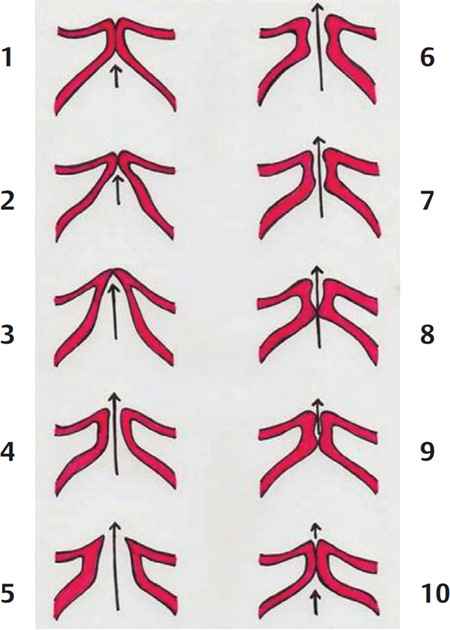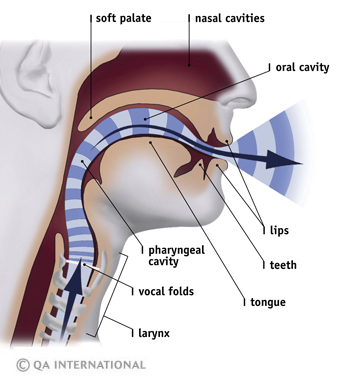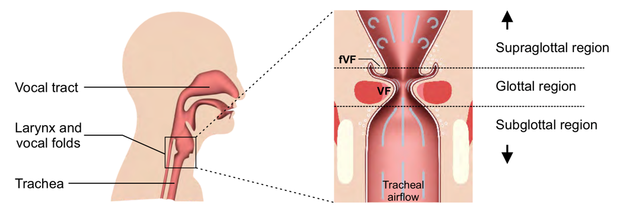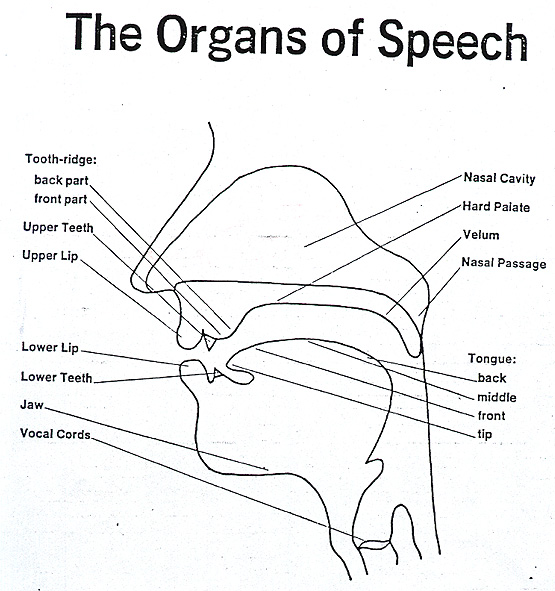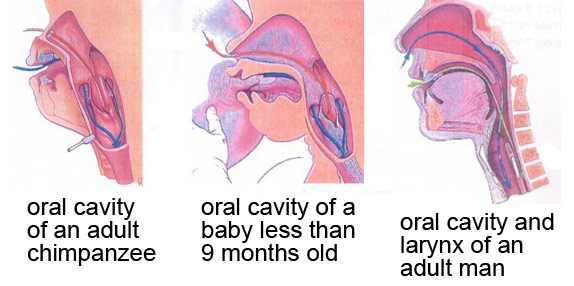Phonation is the process by which sound is produced when we speak or sing. It involves the vibration of the vocal cords, which are two small, elastic bands of muscle located in the larynx (also known as the voice box) at the top of the trachea (windpipe). When the vocal cords are relaxed and apart, air passes through them without any sound being produced. However, when the vocal cords are tightened and brought together, they vibrate as air passes through them, producing sound waves.
There are several factors that influence the process of phonation. One of these is the shape and size of the vocal cords. People with longer and thicker vocal cords tend to have a lower-pitched voice, while those with shorter and thinner vocal cords tend to have a higher-pitched voice. The shape of the vocal cords can also be modified through muscle tension, which allows for a greater range of pitch and volume.
Another factor that influences phonation is the movement of the larynx. When we speak or sing, the larynx moves up and down, which changes the tension on the vocal cords and the pitch of the sound produced. This movement is controlled by several muscles in the neck and larynx, which allow us to produce a wide range of vocal sounds.
The way in which we use our breath also plays a role in phonation. When we exhale, the air passes through the larynx and vibrates the vocal cords, producing sound. The strength and duration of the exhaled breath can affect the volume of the sound produced.
Phonation is an essential process for communication, as it allows us to produce the sounds of speech and to convey meaning through language. It is also an important part of singing, as it allows us to produce melodies and harmonies and to express emotions through the sound of our voice.
Overall, phonation is a complex process that involves the interaction of several factors, including the shape and size of the vocal cords, the movement of the larynx, and the use of breath. Understanding how phonation works can help us to better communicate and to use our voice effectively in a variety of situations.

